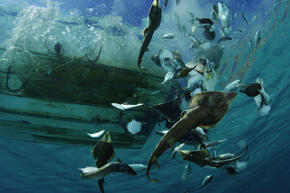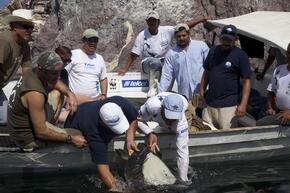Learn more about our impact
Learn more about our impact
- What we care about
- People
- Places
- Species
- Climate crisis
- Sustainability
- How we work
- Public policy
- Science
- Business
- Wildlife conservation
About WWF
WWF works to sustain the natural world for the benefit of people and wildlife, collaborating with partners from local to global levels in nearly 100 countries.


 Sea Turtle
Sea Turtle
 Vaquita
Vaquita
 Gray Whale
Gray Whale
 Whale Shark
Whale Shark
 Fin Whale
Fin Whale
 Loggerhead Turtle
Loggerhead Turtle
 Leatherback Turtle
Leatherback Turtle
 Sei Whale
Sei Whale
 Green Turtle
Green Turtle
 Whale
Whale
 Blue Whale
Blue Whale
 Olive Ridley Turtle
Olive Ridley Turtle
 Great White Shark
Great White Shark
 Tuna
Tuna
 Bigeye Tuna
Bigeye Tuna
 Skipjack Tuna
Skipjack Tuna
 Shark
Shark







